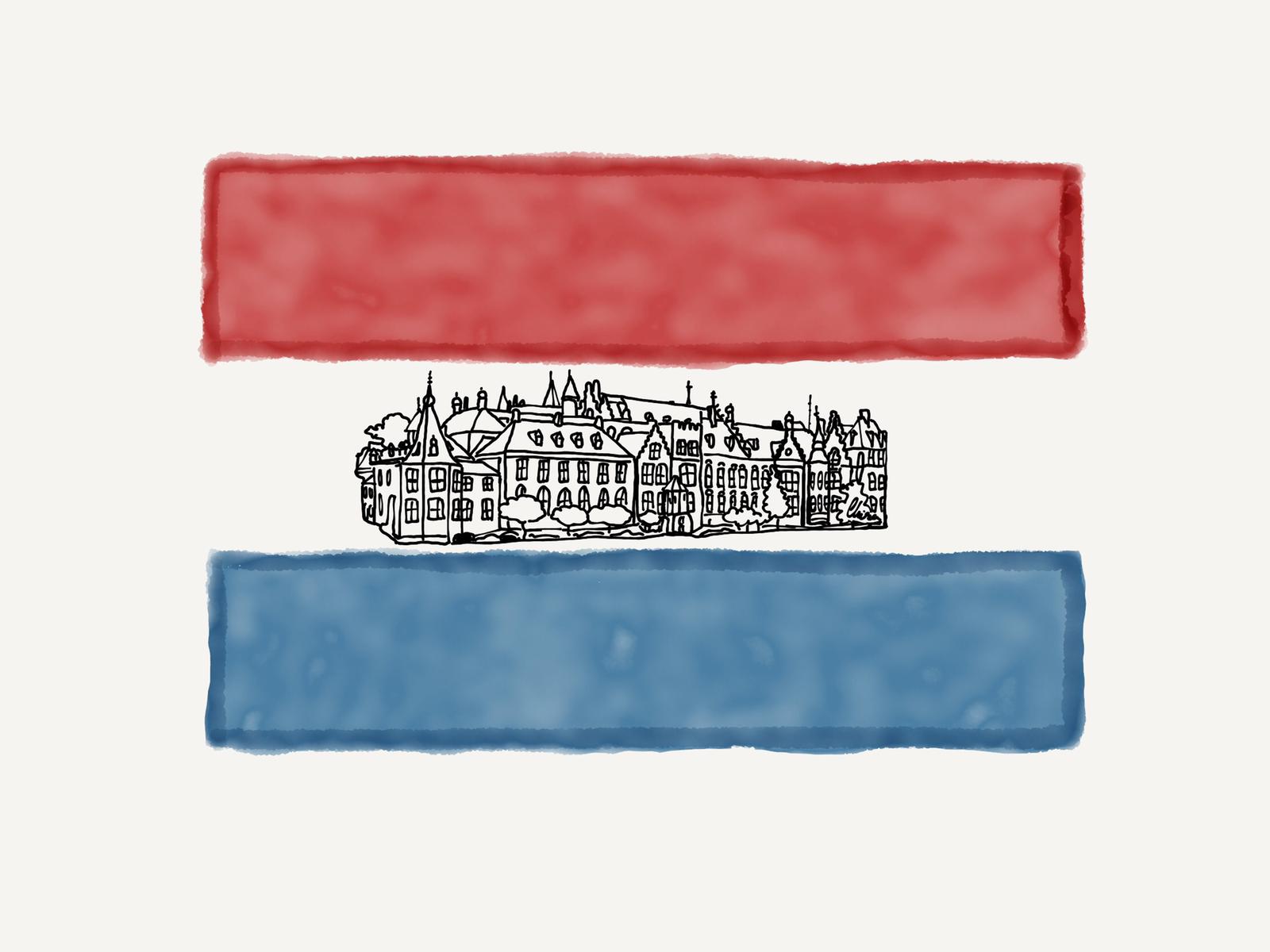By Lara Kaptein
Many of you have been living in the Netherlands, specifically in the Hague, for at least half a year now. Probably many of you also know that even though The Hague is not the capital of the Netherlands, it is the capital in Dutch politics! I will dedicate this first column of the bi-weekly series Dutch Politics for Dummies to the interesting – but also complicated – structure of the Dutch government.
Het Binnenhof, next to Plein, is the most important place in the Netherlands, politics wise. We have two different organs that are situated in het Binnenhof. They are called the First and the Second Chamber. The Second Chamber consists of the representatives of the parties. Citizens can vote for a specific politician in a party. So everyone in the Second Chamber is a representative.
Decisions that the Second Chamber makes, have to be supported by the First Chamber. The First Chamber consists mostly of ex-politicians, that have to be voted for by the Provincial Body. Their job is basically to check if the Second Chamber sets out reasonable laws, and of course, to protect the government from corruption.
The Second Chamber really is the most interesting. There are thirteen (!) parties in the government, and there are even twelve more parties that did not get enough votes to get into the Second Chamber. However, these have seats in the local municipalities. Examples of these smaller parties are The New Communist Party or the Islamic Democrats.
Another important body is the Cabinet. Formally, this consists of the Ministers and the King (yes, the Netherlands are a monarchy). However, the King does not have the right to disagree with the decision-making of the Ministers. The Second Chamber reacts on the decision-making of the Ministers.
The Second Chamber is divided into two sections: the coalition and the opposition. Pretty obvious, but the coalition agrees with the decisions of the Cabinet, and the opposition, well, opposes. The coalition and opposition are not fixed: parties can decide for every new issue which side they will support. However, this is usually not the case.
A recent example is the issue of the Pardon for Children. Essentially, this made sure that refugee kids that grew up in the Netherlands that didn’t have any form of attachment to their country of birth (or of their parents), could legally stay in the Netherlands (with their families of course). Recently, a petition was signed by more than 250 thousand Dutch citizens to ensure an adjustment on the legislation behind the Pardon for Children. The Second Chamber could not come to an agreement on this subject, because the CDA didn’t want an easing on the Pardon for children, and as there wasn’t a majority in the parliament, it didn’t get through.
However, the CDA claims to be a Christian party, so when they opposed to a law that takes care of the wellbeing of children, many of the CDA-voters were not happy. They claimed that CDA didn’t follow the most important principle: to love thy neighbour. In the end, more than 400 kids and their families are allowed to stay in the Netherlands!
I hope I gave you all a small, but helpful insight in the structure of Dutch Politics. Stay tuned for the next column!
Edited by Andreas Bottema
Artwork by Chira Tudoran

